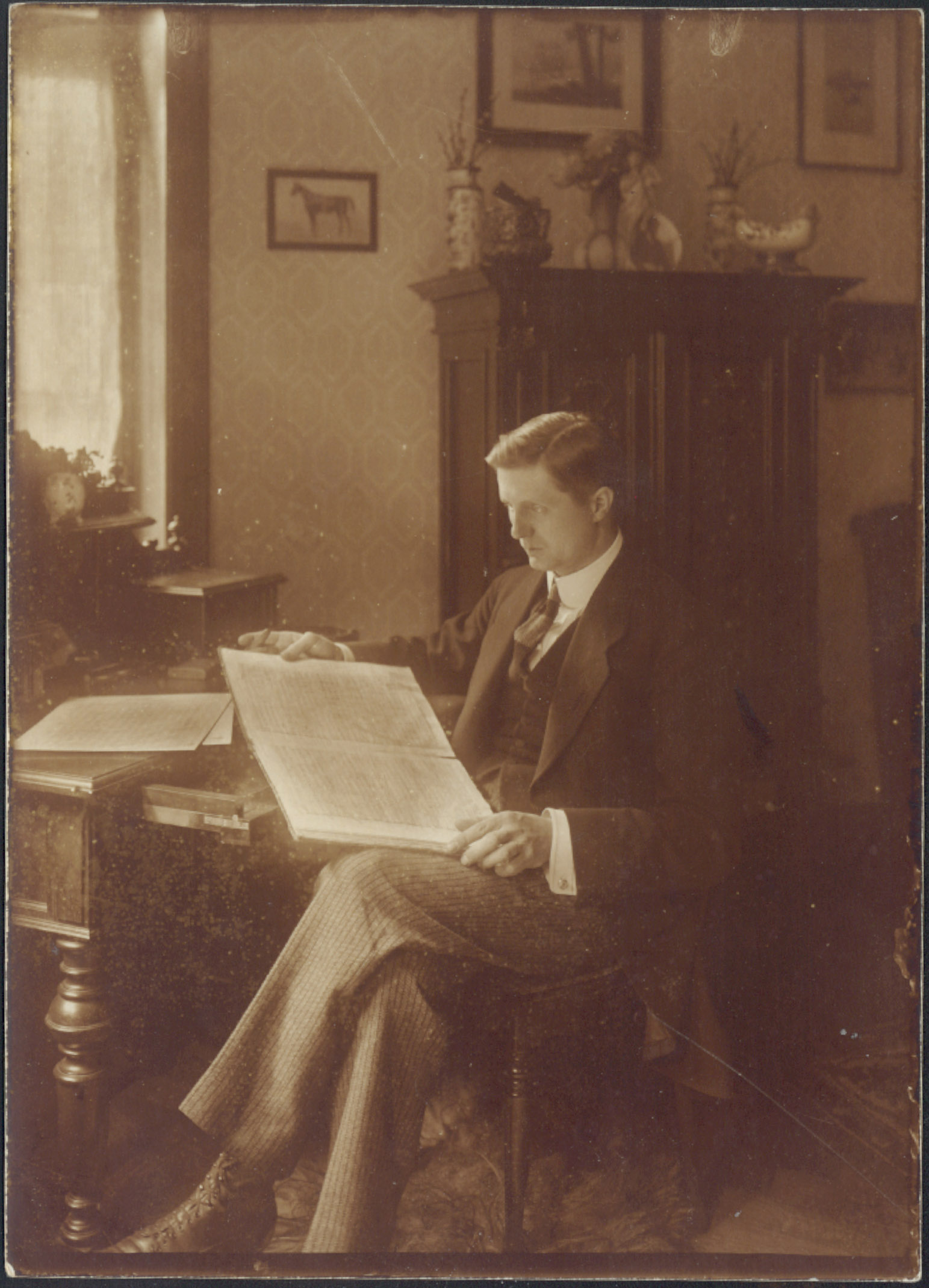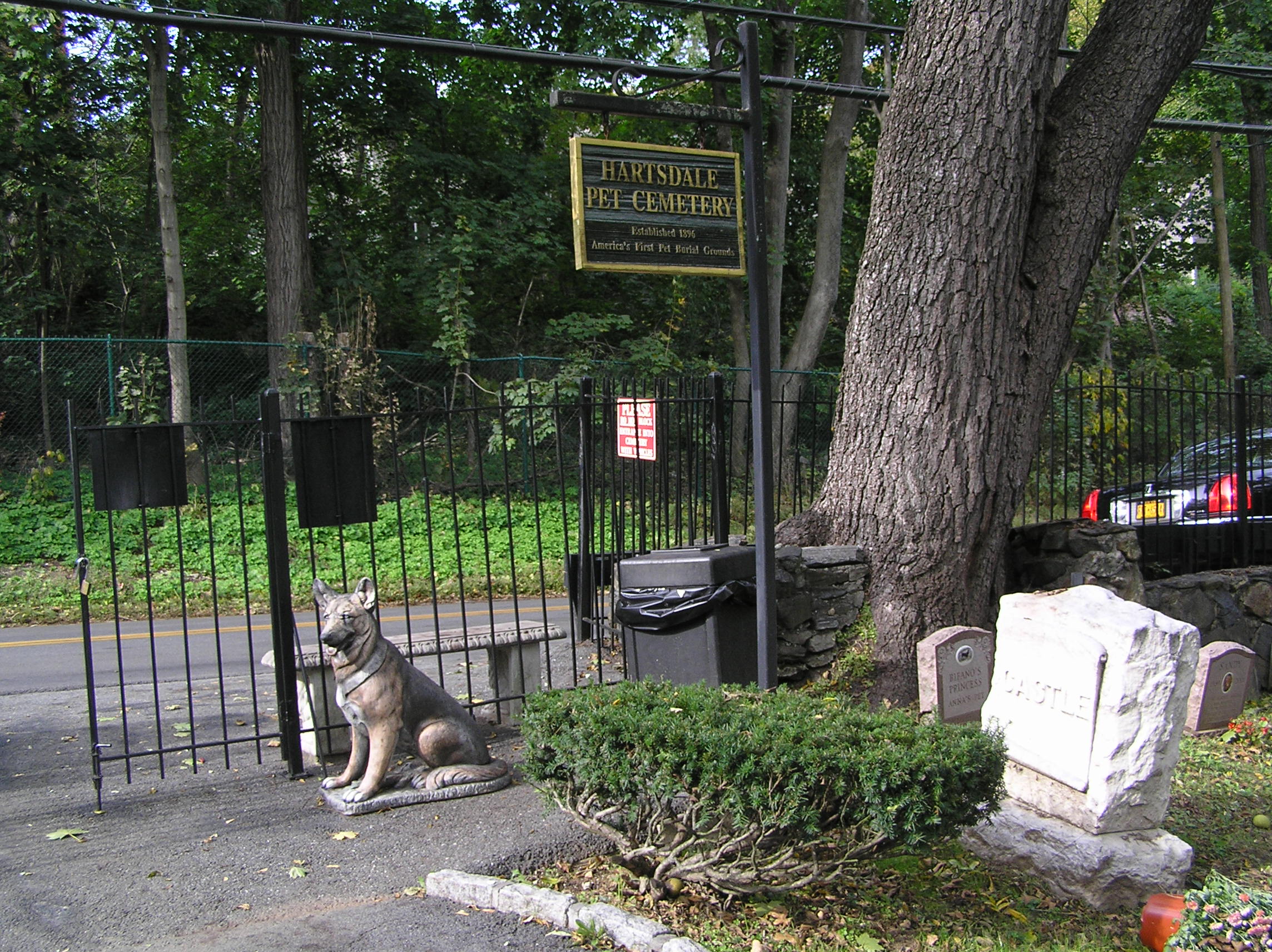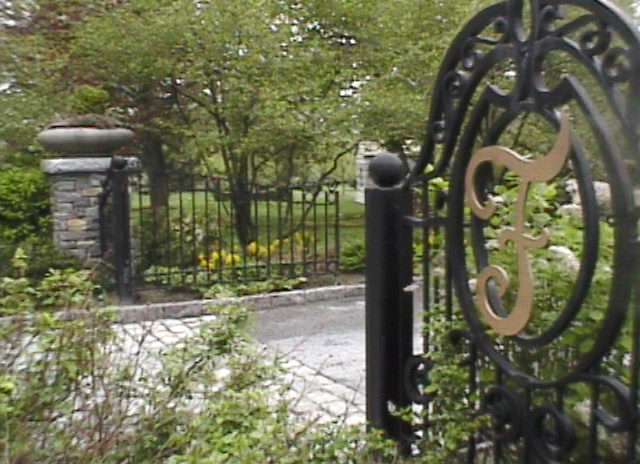|
John Brownlee (baritone)
John Donald Mackenzie Brownlee (7 January 190010 January 1969) was an Australian operatic baritone. For most of his professional career he was based in Europe and then the United States. Biography John Brownlee was born in Geelong, Victoria. As a boy, he became a junior naval cadet in the Royal Australian Navy, serving during World War I. Following service, he studied accounting. He entered a singing contest in Ballarat, winning first prize even though he had never had a lesson. Several singing engagements followed. One of these, a performance of ''Messiah'', was attended by Nellie Melba, who convinced him to go to Paris for serious study with Dinh Gilly. His debut took place at Covent Garden on 8 June 1926, in the performance of ''La bohème'' in which Melba made her farewell appearance. That autumn he was engaged by the Paris Opera, the first time a British subject had been made a permanent member of that company; his Paris debut was in ''Thaïs'' in 1927. In 1934, he appeared ... [...More Info...] [...Related Items...] OR: [Wikipedia] [Google] [Baidu] |
John Brownlee - Lord Calvert - Valentino Sarra, 1947 (cropped)
John is a common English name and surname: * John (given name) * John (surname) John may also refer to: New Testament Works * Gospel of John, a title often shortened to John * First Epistle of John, often shortened to 1 John * Second Epistle of John, often shortened to 2 John * Third Epistle of John, often shortened to 3 John People * John the Baptist (died c. AD 30), regarded as a prophet and the forerunner of Jesus Christ * John the Apostle (lived c. AD 30), one of the twelve apostles of Jesus * John the Evangelist, assigned author of the Fourth Gospel, once identified with the Apostle * John of Patmos, also known as John the Divine or John the Revelator, the author of the Book of Revelation, once identified with the Apostle * John the Presbyter, a figure either identified with or distinguished from the Apostle, the Evangelist and John of Patmos Other people with the given name Religious figures * John, father of Andrew the Apostle and Saint Peter * Pope John ... [...More Info...] [...Related Items...] OR: [Wikipedia] [Google] [Baidu] |
Glyndebourne Festival Opera
Glyndebourne Festival Opera is an annual opera festival held at Glyndebourne, an English country house near Lewes, in East Sussex, England. History Under the supervision of the Christie family, the festival has been held annually since 1934, except in 1941–45 during World War II and 1993 when the theatre was being rebuilt, for a 1994 reopening. Gus Christie, son of Sir George Christie and grandson of festival founder John Christie, became festival chairman in 2000. Since the company's inception, Glyndebourne has been particularly celebrated for its productions of Mozart operas. Recordings of Glyndebourne's past historic Mozart productions have been reissued. Other notable productions included their 1980s production of George Gershwin's ''Porgy and Bess'', directed by Trevor Nunn, and later expanded from the Glyndebourne stage and videotaped in 1993 for television, with Nunn again directing. While Mozart operas have continued to be the mainstay of its repertory, the compa ... [...More Info...] [...Related Items...] OR: [Wikipedia] [Google] [Baidu] |
Fritz Busch
Fritz Busch (13 March 1890 – 14 September 1951) was a German conductor. Busch was born in Siegen, Westphalia, to a musical family, and studied at the Cologne Conservatory. After army service in the First World War, he was appointed to senior posts in two German opera houses. At the Stuttgart Opera (1918 to 1922) he modernised the repertory, and at the Dresden State Opera (1922 to 1933) he presented world premieres of operas by Richard Strauss, Ferruccio Busoni, Paul Hindemith and Kurt Weill among others. He also conducted at the Bayreuth and Salzburg Festivals. Being an ardent Anti-Nazi, Busch was dismissed from his post as director at Dresden in 1933 and made most of his later career outside Germany. He conducted in New York and London, but his main bases were Buenos Aires, where he was in charge at the Teatro Colón for several opera seasons in the 1930s and 1940s; Copenhagen and Stockholm, conducting the Danish Radio Symphony Orchestra and the Stockholm Philharmonic; ... [...More Info...] [...Related Items...] OR: [Wikipedia] [Google] [Baidu] |
Così Fan Tutte
(''All Women Do It, or The School for Lovers''), K. 588, is an opera buffa in two acts by Wolfgang Amadeus Mozart. It was first performed on 26 January 1790 at the Burgtheater in Vienna, Austria. The libretto was written by Lorenzo Da Ponte who also wrote ''Le nozze di Figaro'' and ''Don Giovanni''. Although it is commonly held that was written and composed at the suggestion of the Emperor Joseph II, recent research does not support this idea. There is evidence that Mozart's contemporary Antonio Salieri tried to set the libretto but left it unfinished. In 1994, John Rice uncovered two terzetti by Salieri in the Austrian National Library. The short title, ''Così fan tutte'', literally means "So do they all", using the feminine plural (''tutte'') to indicate women. It is usually translated into English as "Women are like that". The words are sung by the three men in act 2, scene 3, just before the finale; this melodic phrase is also quoted in the overture to the opera. Da P ... [...More Info...] [...Related Items...] OR: [Wikipedia] [Google] [Baidu] |
Don Giovanni
''Don Giovanni'' (; K. 527; Vienna (1788) title: , literally ''The Rake Punished, or Don Giovanni'') is an opera in two acts with music by Wolfgang Amadeus Mozart to an Italian libretto by Lorenzo Da Ponte. Its subject is a centuries-old Spanish legend about a libertine as told by playwright Tirso de Molina in his 1630 play '' El burlador de Sevilla y convidado de piedra''. It is a ''dramma giocoso'' blending comedy, melodrama and supernatural elements (although the composer entered it into his catalogue simply as ''opera buffa''). It was premiered by the Prague Italian opera at the National Theater (of Bohemia), now called the Estates Theatre, on 29 October 1787. ''Don Giovanni'' is regarded as one of the greatest operas of all time and has proved a fruitful subject for commentary in its own right; critic Fiona Maddocks has described it as one of Mozart's "trio of masterpieces with librettos by Da Ponte". Composition and premiere The opera was commissioned after the succes ... [...More Info...] [...Related Items...] OR: [Wikipedia] [Google] [Baidu] |
Hartsdale, New York
Hartsdale is a hamlet located in the town of Greenburgh, Westchester County, New York, United States. The population was 5,293 at the 2010 census. It is a suburb of New York City. History Hartsdale, a CDP/hamlet/post-office in the town of Greenburgh, New York, lies on the Bronx River north of New York City. It is served by the Metro-North Harlem River commuter rail line into Grand Central Terminal. Hartsdale is the home of America's first canine pet cemetery (started by veterinarian Samuel Johnson in 1896), and the world's first Carvel Ice Cream store (1934), which closed in 2008. Pre-Colonial Period Hartsdale's earliest settlers were the Wecquaesgeek (sometimes spelled Weckquaesgeek), a sub-tribe of the Algonquian tribe that lived in most of southern New York, from Westchester down through Manhattan. ''Weekquaeskeek'' is an Algonquian term believed to mean "place of the bark kettle", and this kettle appears in the Greenburgh town seal. Colonial Era and American Revolution ... [...More Info...] [...Related Items...] OR: [Wikipedia] [Google] [Baidu] |
Ferncliff Cemetery
Ferncliff Cemetery and Mausoleum is located at 280 Secor Road in the hamlet of Hartsdale, town of Greenburgh, Westchester County, New York, United States, about north of Midtown Manhattan. It was founded in 1902, and is non-sectarian. Ferncliff has three community mausoleums including columbariums, a crematory, a small chapel, and a main office located in the rear of the main building. Mausoleums Ferncliff Cemetery has three community mausoleums that offer what ''The New York Times'' has described as "lavish burial spaces". This cemetery includes columbariums. As of 2001, a standard crypt space in the mausoleums was priced at $15,000. The highest-priced spaces were private burial rooms with bronze gates, crystal chandeliers, and stained-glass windows, priced at $280,000. Ferncliff The Ferncliff Mausoleum, aka "The Cathedral of Memories", is the cemetery's oldest mausoleum, constructed in 1928. It has classic architecture, but the corridors are dark without glass panes to admit ... [...More Info...] [...Related Items...] OR: [Wikipedia] [Google] [Baidu] |
Morningside Heights, Manhattan
Morningside Heights is a neighborhood on the West Side of Upper Manhattan in New York City. It is bounded by Morningside Drive to the east, 125th Street to the north, 110th Street to the south, and Riverside Drive to the west. Morningside Heights borders Central Harlem and Morningside Park to the east, Manhattanville to the north, the Manhattan Valley section of the Upper West Side to the south, and Riverside Park to the west. Broadway is the neighborhood's main thoroughfare, running north–south. Morningside Heights, located on a high plateau between Morningside and Riverside Parks, was hard to access until the late 19th century and was sparsely developed except for the Bloomingdale and Leake and Watts asylums. Morningside Heights and the Upper West Side were considered part of the Bloomingdale District until Morningside Park was finished in the late 19th century. Large-scale development started in the 1890s with academic and cultural institutions. By the 1900s, public ... [...More Info...] [...Related Items...] OR: [Wikipedia] [Google] [Baidu] |
Claremont Avenue
Claremont Avenue is a short avenue in the Morningside Heights neighborhood of Manhattan, New York City. It begins at 116th Street and runs north for a length of eleven blocks until it ends at Tiemann Place (the western segment of 127th Street). Structures South of 120th Street, the eastern side of Claremont Avenue features the heavily fortified backside of the Barnard College campus. The western side features various Columbia University professors' apartments, as well as Columbia and Barnard undergraduate residence halls. North of 120th Street, the west side of Claremont Avenue contains Riverside Church and a dormitory of the Union Theological Seminary, and the east side contains the seminary itself. Beyond this, the street passes between Sakura Park to the west, and the International House of New York also to the west. The Manhattan School of Music has occupied the former Juilliard School building at 130 Claremont Avenue since Juilliard moved to Lincoln Center in 1969. F ... [...More Info...] [...Related Items...] OR: [Wikipedia] [Google] [Baidu] |
East Harlem
East Harlem, also known as Spanish Harlem or and historically known as Italian Harlem, is a neighborhood of Upper Manhattan, New York City, roughly encompassing the area north of the Upper East Side and bounded by 96th Street to the south, Fifth Avenue to the west, and the East and Harlem Rivers to the east and north. Despite its name, it is generally not considered to be a part of Harlem proper, but it is one of the neighborhoods included in Greater Harlem. The neighborhood is one of the largest predominantly Hispanic communities in New York City, mostly made up of Puerto Ricans, as well as sizeable numbers of Dominican, Cuban and Mexican immigrants. The community is notable for its contributions to Latin freestyle and salsa music. East Harlem also includes the area formerly known as Italian Harlem, in which the remnants of a once predominantly Italian community remain. The Chinese population has increased dramatically in East Harlem since 2000. East Harlem has histori ... [...More Info...] [...Related Items...] OR: [Wikipedia] [Google] [Baidu] |
Manhattan School Of Music
The Manhattan School of Music (MSM) is a private music conservatory in New York City. The school offers bachelor's, master's, and doctoral degrees in the areas of classical and jazz performance and composition, as well as a bachelor's in musical theatre. Founded in 1917, the school is located on Claremont Avenue in the Morningside Heights neighborhood of New York City, adjacent to Broadway and West 122nd Street (Seminary Row). The MSM campus was originally the home to The Institute of Musical Art (which later became Juilliard) until Juilliard migrated to the Lincoln Center area of Midtown Manhattan. The property was originally owned by the Bloomingdale Insane Asylum until The Institute of Musical Art purchased it in 1910. The campus of Columbia University is close by, where it has been since 1895. Many of the students live in the school's residence hall, Andersen Hall. History Manhattan School of Music was founded between 1917 and 1918 by the pianist and philanthropist ... [...More Info...] [...Related Items...] OR: [Wikipedia] [Google] [Baidu] |
Die Fledermaus
' (, ''The Flittermouse'' or ''The Bat'', sometimes called ''The Revenge of the Bat'') is an operetta composed by Johann Strauss II to a German libretto by Karl Haffner and Richard Genée, which premiered in 1874. Background The original literary source for ' was ' (''The Prison''), a farce by German playwright Julius Roderich Benedix that premiered in Berlin in 1851. On 10 September 1872, a three-act French vaudeville play by Henri Meilhac and Ludovic Halévy, ', loosely based on the Benedix farce, opened at the Théâtre du Palais-Royal. Meilhac and Halévy had provided several successful libretti for Offenbach and ''Le Réveillon'' later formed the basis for the 1926 silent film '' So This Is Paris'', directed by Ernst Lubitsch. Meilhac and Halévy's play was soon translated into German by Karl Haffner (1804–1876), at the instigation of Max Steiner, as a non-musical play for production in Vienna. The French custom of a New Year's Eve ''réveillon'', or supper party ... [...More Info...] [...Related Items...] OR: [Wikipedia] [Google] [Baidu] |
.jpg)








.jpg)

